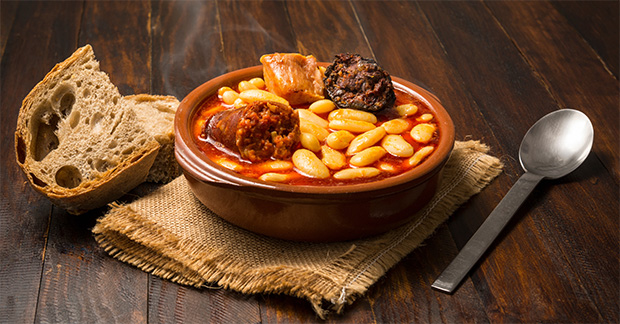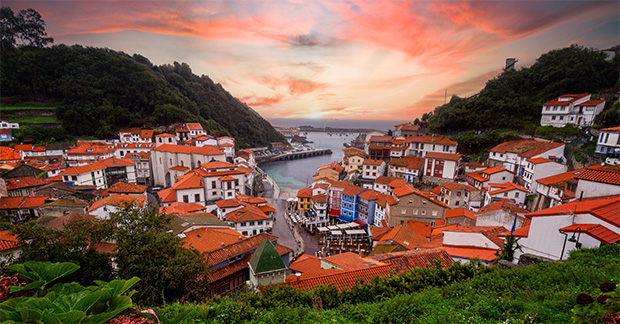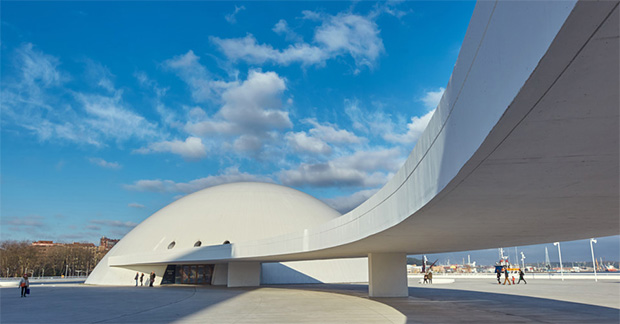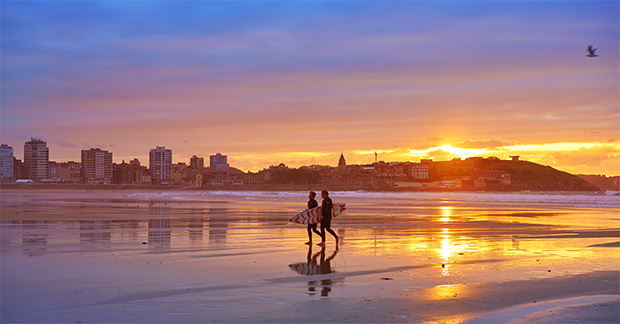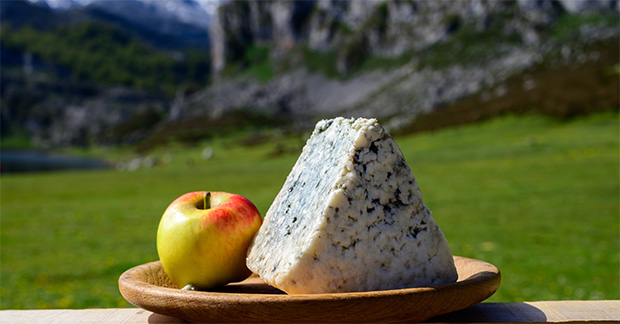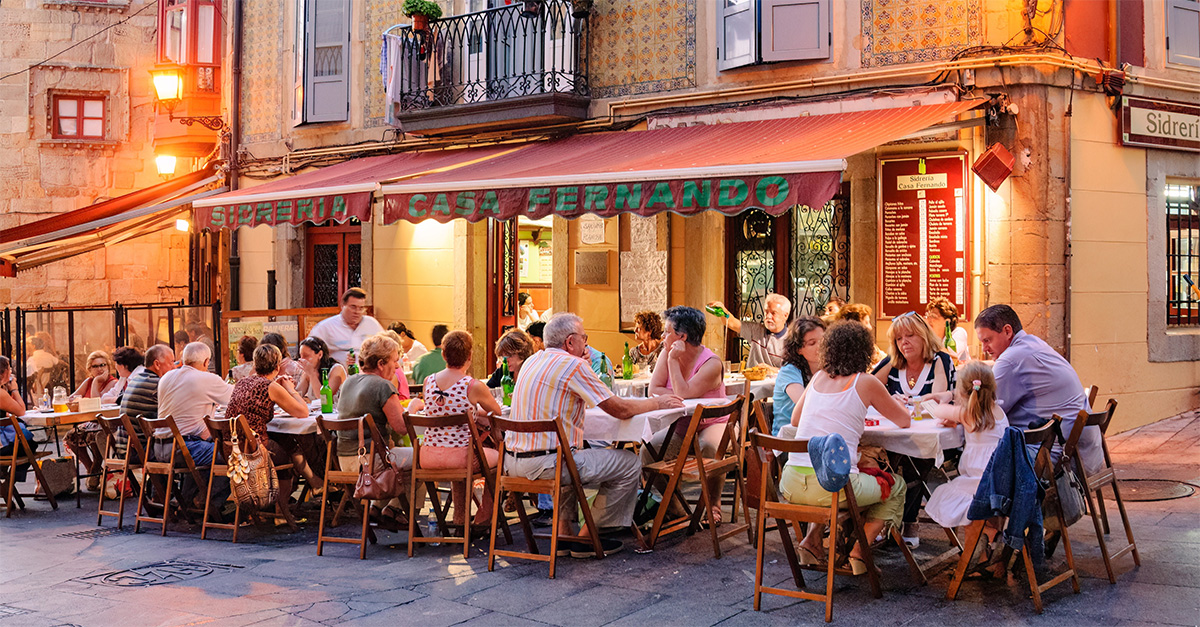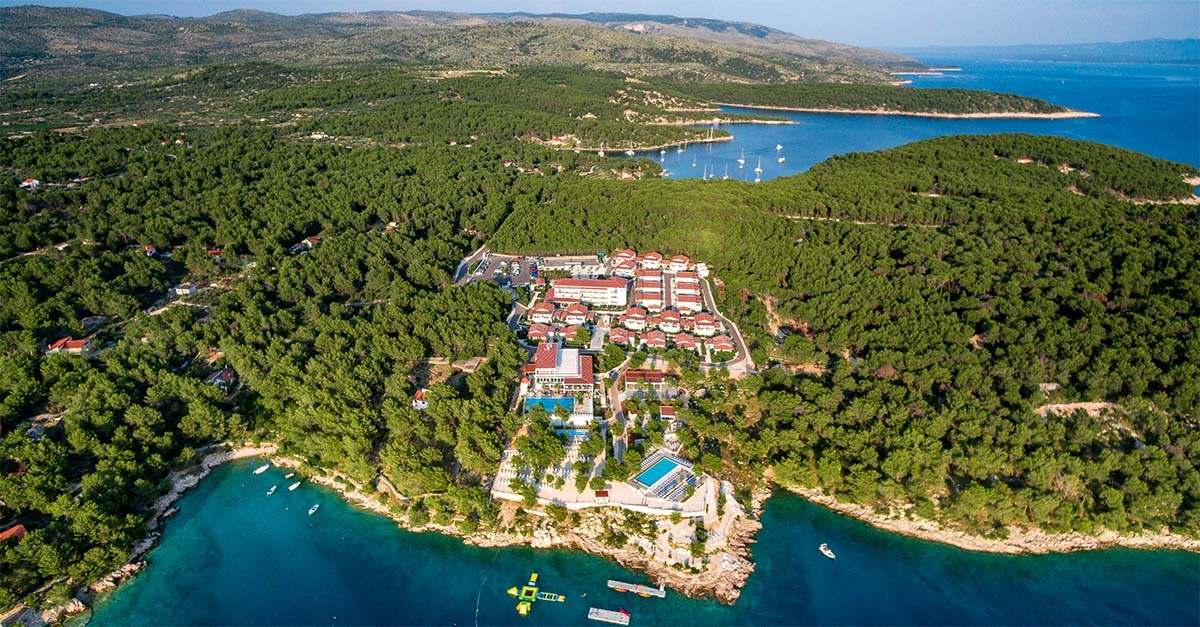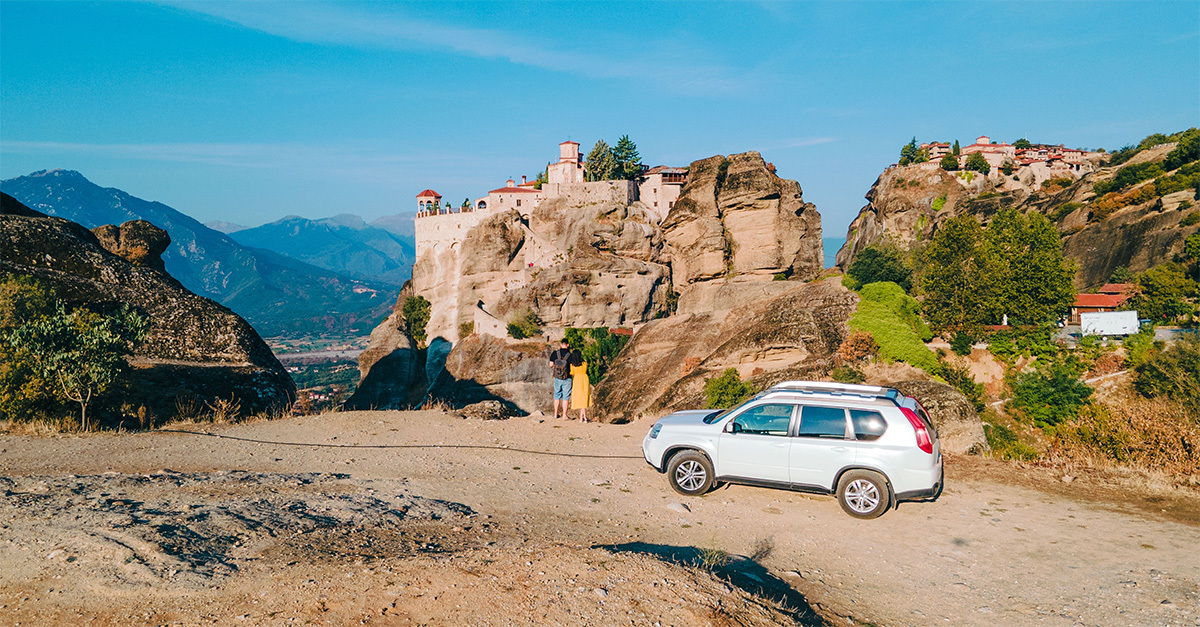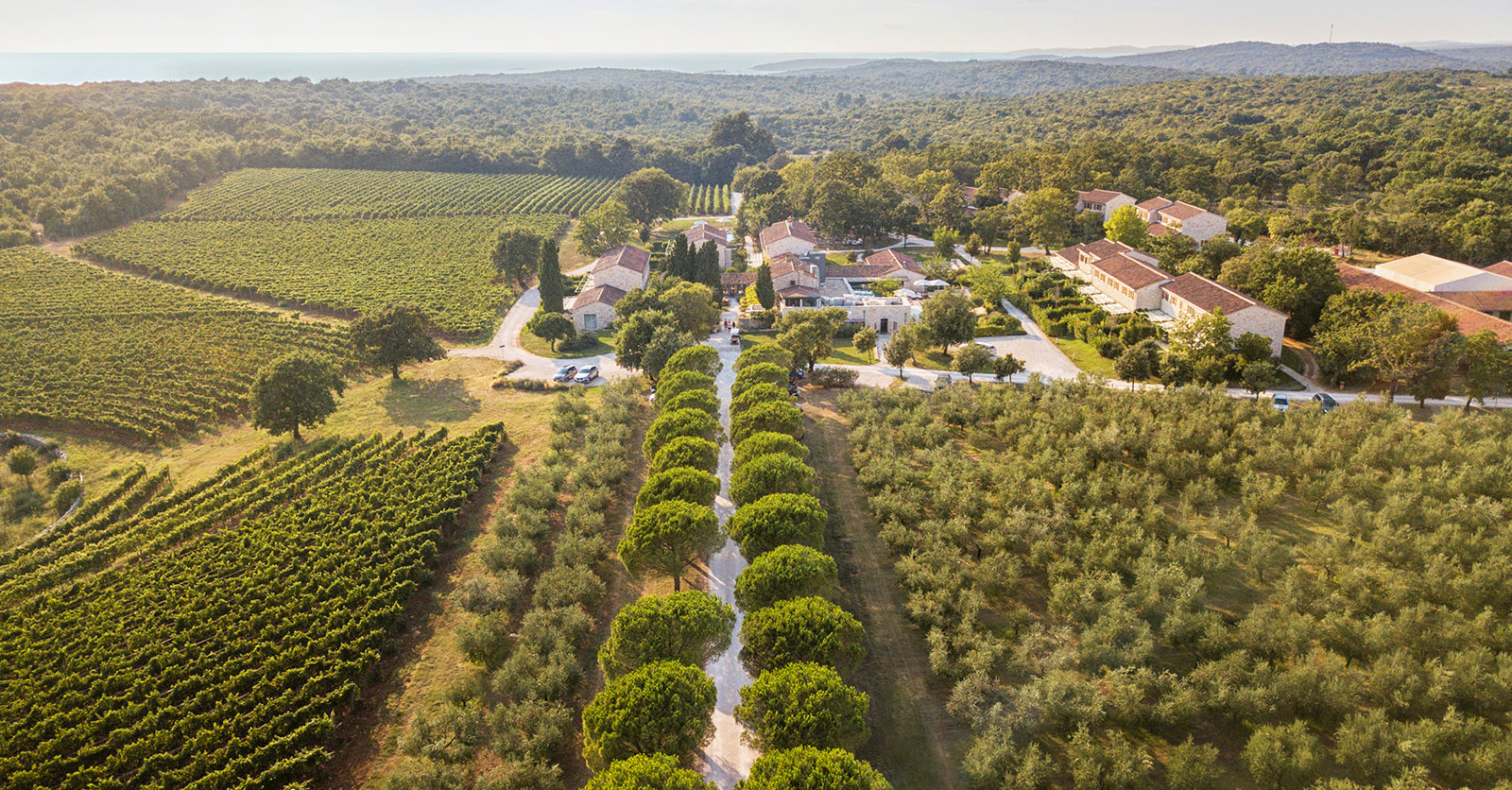You are viewing 1 of your 2 free articles
Why Asturias could be Spain’s next big foodie destination
Discover a cooler culinary escape in northern Spanish region Asturias, home to seafood, stews, cider houses and the country’s Capital of Gastronomy 2024
Click here to download and save as a PDF
When I first visited Asturias 30 years ago, I thought I’d never go back. Not because it wasn’t amazing – it was, and still is, one of Spain’s most beautiful regions, filled with fantastic food and natural beauty.
But the glorious golden beaches, pine-covered peaks, cataract-filled rivers, waterfalls and rolling green hills came at a price I hadn’t been prepared for – near-incessant rain. With no car, internet or cash to spare, I holed up in cheap hotel rooms and missed much of the region’s magnificence.
Fast-forward a few decades, and a more mature me is ready to see why the Asturias region – home to this year’s Capital of Gastronomy, Oviedo – is drawing visitors keen to swap the sweltering south for cooler climes and classic cuisine in the north of Spain.
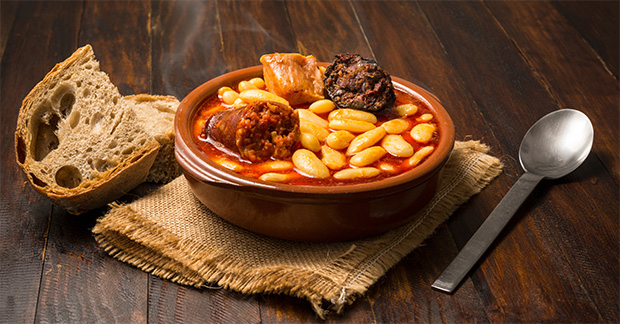
Despite my prior experience, Asturian days are milder and drier than they once were, so if your clients share the growing preference for ‘coolcations’ over the 40C temperatures of the Med, it should be on your radar.
Food and drink is affordable to all – a three or four-course menú del día complete with wine costs about €15 – and unlike some areas of Spain which have hit the headlines for overtourism in recent weeks, roads are uncongested, attractions are first-class and reaching them all from the UK is easily done via a sub-two-hour flight or even by train or ferry.
What to do in Asturias
Our exploration began in the beguiling seaside town of Cudillero, the short drive from the airport making us feel we were in Switzerland rather than Spain.
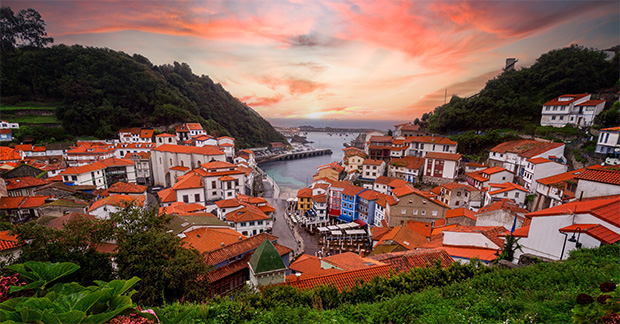
Pastures dotted with sheep, dairy cattle and alpine-style houses gave way to a colourful near-vertical coastal town set around a picture-perfect bay.
But what really won us over was the food: hearty fabada (Spain’s answer to French cassoulet), garlic-rich razor clams and robust blue cheese unlike anything we’d ever encountered in Spain, all washed down with the region’s famous uncarbonated natural cider.
Along its 250-mile coast, Asturias’s many beaches feature arresting rock formations and clifftop hikes connecting them. Leaving behind Cudillero’s Playón de Bayas and Playa de Aguilar, we ventured west to the stunning Playa del Silencio for a four-mile hike around the Faro de Cabo Busto headland.
Next came the medieval town of Avilés to explore the Oscar Niemeyer International Cultural Centre – which regularly hosts plays, exhibitions, concerts and food-focused events with a cultural twist – and Gijón, a port city with a wealth of maritime heritage. Gijón is known for its Jardín Botánico Atlántico – seen in the recent BBC series Monty Don’s Spanish Gardens – and Museum of Asturian Life, where the region’s unique grain stores known as hórreos are explained in absorbing detail, but it also has its own famous beach, Playa de San Lorenzo.
Along a one-mile beach, wave after wave of gentle breakers are perfect for fledgling surfers, plus a two-mile promenade lined with magnificent buildings – including the imposing San Pedro church and the cobbled lanes of the city’s oldest barrio, Cimavilla – make it possibly the loveliest urban beach in Spain.
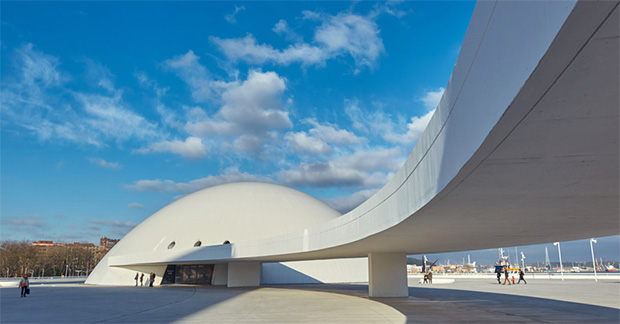
Views from Cimavilla’s Cerro de Santa Catalina Park and Eduardo Chillida’s arresting monument Elogio del Horizonte give a great sense of just how rugged and spectacular this coastline is, as we discovered heading farther east towards the Picos mountain range – via more clifftop walks at the Bufones de Pría blowholes and beaches like the Playa de la Griega and Playa del Sablón.
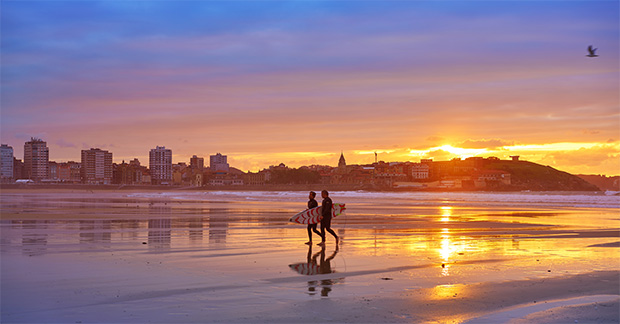
Yet Asturias isn’t just about its coastline. East of Gijón, a short drive up the Sella valley from the pretty estuary town of Ribadesella, we found the Tito Bustillo Cave, where enthusiastic guides led us along a 700-metre gallery filled with unforgettable wall paintings dating back to 22,000BC – all for a bargain €4.14.
Cuisine in Oviedo
Sights of a different kind are equally memorable along the route west from Ribadesella to Ribadedeva, where grand Indiano mansions exhibit the wealth amassed by made-it-good miners returning from the Americas.
Heading inland to the Picos de Europa via Arriondas, where adventure sports on the fast-flowing Riba de Sella river are becoming increasingly popular, we took a funicular ride in Bulnes and crossed picturesque stone medieval bridges to the Sanctuary of Covadonga and its nearby lakes, both spectacular attractions that show off the region’s man-made and natural wonders.
But if there is one wonder from Asturias that is unlike any other, it must be its food. At Cangas de Onís’s market, we sampled some of its many cheeses – which together make it Europe’s largest cheesemaking region – while admiring traditional and intricate bread loaves that wouldn’t look out of place in an artisan market.
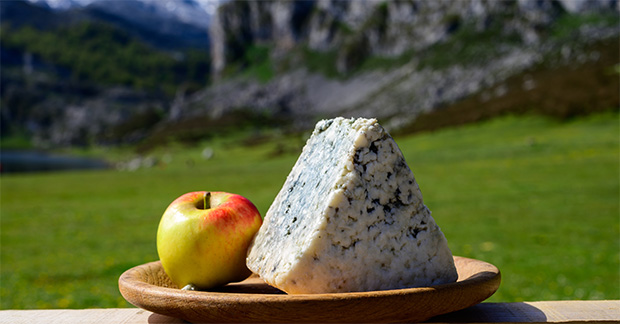
Our final day in Oviedo took in the Asturias Museum of Fine Arts, the Cathedral and the Mercado El Fontan, followed by an evening climb to Santa Maria del Naranco, one of a clutch of gorgeous 9th-century churches. And it finally gave us an appetite big enough to manage a whole four-course menú del día – washed down of course with plenty of cider.
Book it:
Byway offers a 10-day trip via ferry from Portsmouth to Santander, which includes four days in Oviedo, with B&B accommodation and all pre-bookable transport, from £1,263 departing October 1.
byway.travel
Inntravel offers a week-long Slow Train through Asturias package from £790 based on two sharing, departing on October 11, including seven nights’ B&B, local rail pass and walking notes and maps. Travel from the UK costs extra.
inntravel.co.uk
Expressions Holidays offers a week at the five-star Hotel Palacio de Luces, part of the Relais & Châteaux collection, with easyJet flights to Bilbao and car hire, from £1,550 for seven nights on a B&B basis.
expressionsholidays.co.uk
Fast fact:
Fellow Spanish province Catalonia – home to 54 Michelin-starred restaurants and 300 wineries – will be 2025 World Region of Gastronomy.
PICTURES: Shutterstock/Studioimagen73, Sergio Rivero, barmalini, lunamarina; Carranza; Shutterstock/Alex Segre

